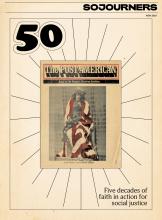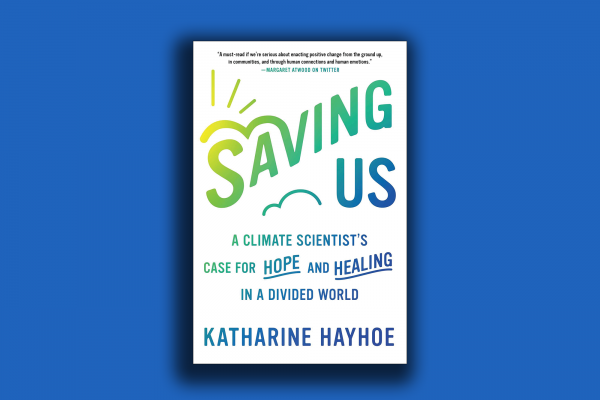AMONG THE MANY postures toward climate change, I am in the “alarmed” camp. I see indicators of a planet on the verge of widespread ecosystem collapse and want to sound the bells for everyone else to wake up and do something. Unfortunately, writes climate scientist Katharine Hayhoe, some of the ways we try to wake people up can have the opposite effect.
Saving Us expands on Hayhoe’s popular TED Talk on the most important thing you can do about climate change: talk about it. The book explores why piling on sobering facts and predictions can make someone dismissive about climate change even more antagonistic, and even make those who are concerned and alarmed check out in despair. Though Hayhoe includes plenty of climate science, what makes this book worth reading are the insights she shares from social science.
Read the Full Article

